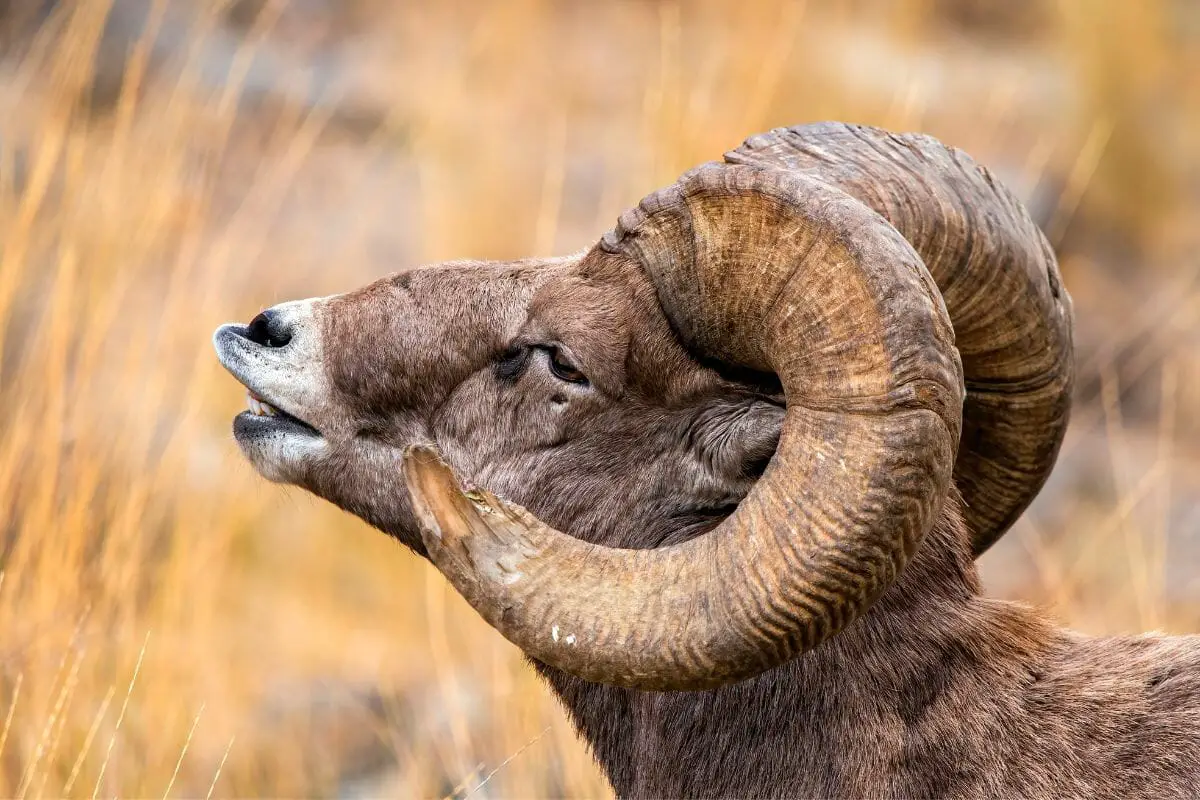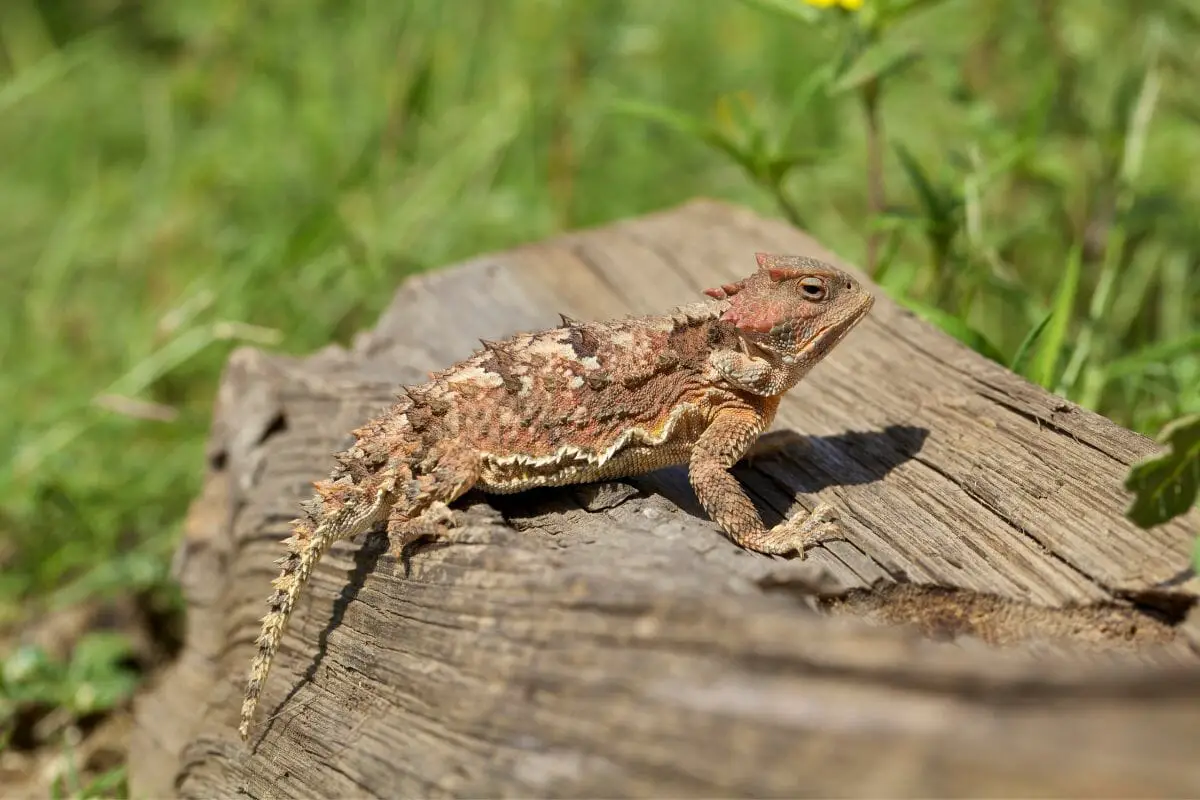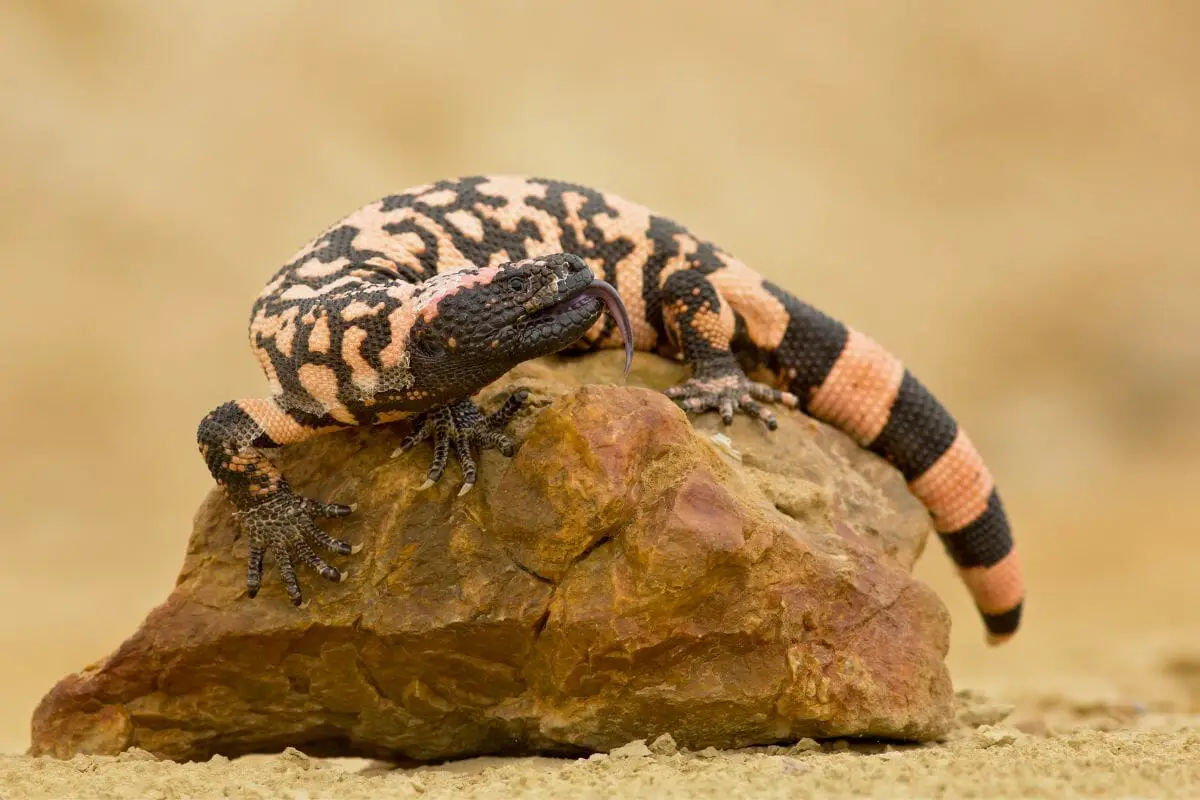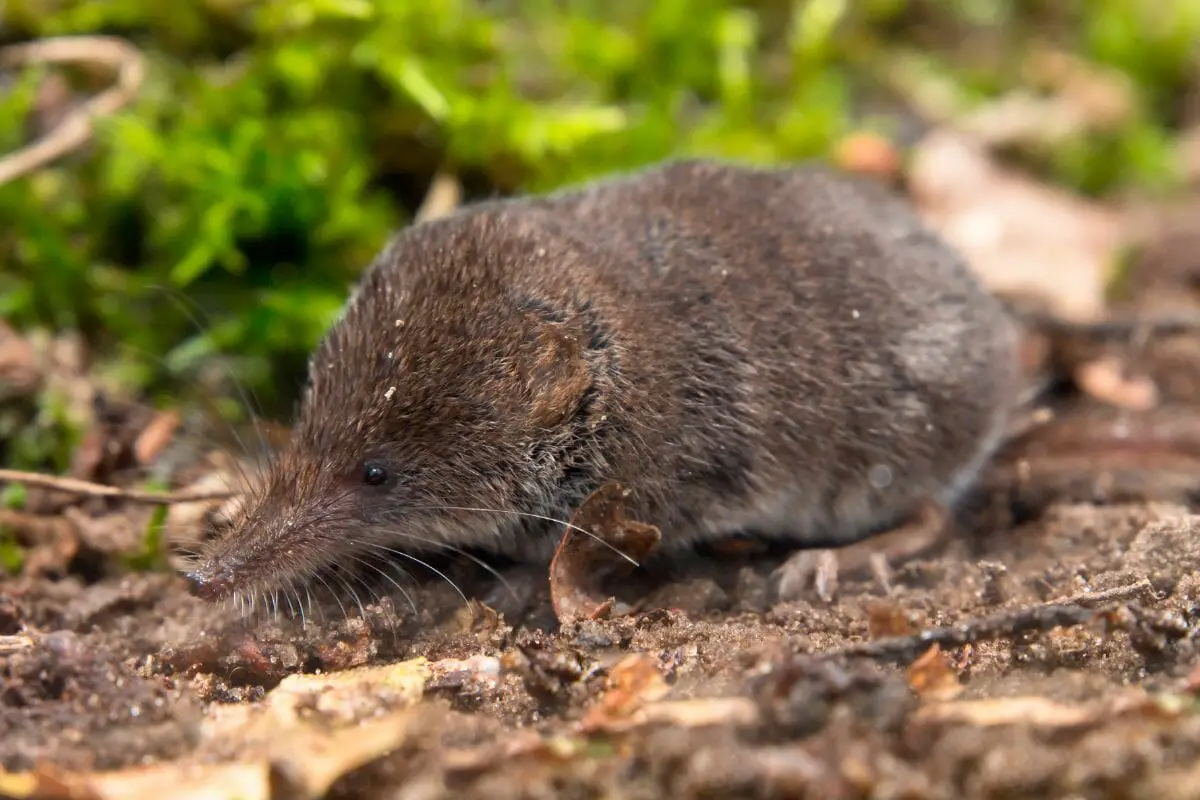
There is a large variety of animals hiding in the deserts of Arizona, some are rather normal looking whilst others look like they come from another planet.
Here is a closer look at some of the animals that live in Arizona.
Rattlesnake
Large, poisonous snakes known as rattlesnakes can be found all over North and South America.
They are most prevalent in Northern Mexico and the Southwestern United States.

More rattler species than any other state are found in Arizona, where there are 13. The rattle is the characteristic that these species share the most.
An adult rattlesnake typically passes two weeks or so without eating because they only eat when they are hungry.
The precise length of time depends on how much they ate for their last meal.
They have heat-sensing organs in pits close to their eyes since they are pit vipers.
They can “see” the heat signature of prey through these pits.
Because its food is warmer than the surroundings, the snake will be able to precisely strike at prey even in complete darkness.
In addition to eating birds if they can capture them, they like to consume mice, rats, squirrels (Also check out Types Of Squirrels Native To The U.S), and rabbits.
Young rattlesnakes typically consume more food, up to once a week.
Bighorn Sheep

One of two wild sheep species in North America with sizable horns is the bighorn sheep.
The males, or rams, are distinguished by their large, curved horns, which can weigh as much as 30 pounds (14 kilograms), or all of the male’s other bones combined.
Bighorn sheep are well-suited for navigating the high terrain that keeps their predators at bay, despite not being as agile as mountain goats.
An inside soft pad offers a grip that adapts to each different surface, while the outer hoof is modified toenails tailored to snag any minor protrusion.
In the summer, bighorn sheep eat grass, and in the fall and winter, they browse shrubs.
They have a survival mechanism in their digestive system.
Sheep can consume hard, dry grass and still absorb vital nutrients because of their unique, four-part stomach.
Coyote

The coyote, sometimes known as the prairie wolf or brush wolf, is a smaller, more delicately formed dog relative of the wolf.
The coyote frequently resembles a German shepherd or collie due to their pointed ears, narrow nose, and drooping bushy tail.
Coyotes can range in color from silver-gray to black, although they typically have reddish tinges around their face and behind their ears.
They do not have a picky palate.
Depending on what is available to them, they seek and consume tiny animals including rats, (see also: Animals That Look Like Rats)rabbits, and squirrels as well as insects and fruit.
They can cooperate to kill deer as well.
Pet food, trash, and other food left out by people, especially in metropolitan areas, will attract opportunistic coyotes.
They have also been observed hunting domestic animals like cats and dogs as well as livestock.
Prairie Dog

Native to the grasslands of North America, prairie dogs are herbivorous burrowing animals.
The grassland ecosystem depends heavily on prairie dogs to survive.
Their churning actions aerate the soil, enabling more water to permeate, and their nitrogen-rich excrement is a natural fertilizer, improving the condition of the soil and the flora.
Prairie dogs inhabit burrows with a sophisticated network of tunnels and warrens.
They feature designated sections for resting, eating, using the restroom, and even listening stations close to exits.
The layout of the tunnels allows for ventilation by allowing air to pass through them.
Farmers’ direct eradication of prairie dogs from their habitat has had an impact, as has the more glaring encroachment of urban development, which has significantly decreased their populations.
Horned Toad

The horned toad is not a toad; it is a lizard, a type of reptile.
The animal’s circular, flattened body is symbolized by the genus name Phrynosoma, which translates to “toad bodied.”
The horned toad resembles a toad in appearance with its flattened body and blunt nose, yet it possesses a lizard’s life cycle and physiology.
Horned lizards are in 22 species and numerous subspecies.
The number, size, and configuration of each species’ head’s crown of horns serve as identifiers.
They have an interesting defense system that involves the capacity to rapidly inflate the body by gulping air and infrequently shoot blood from the eyes.
An insectivore that mostly eats ants, the horned toad.
They also consume other slow-moving ground invertebrates like grasshoppers, beetles, caterpillars, and sow bugs.
Ticks and spiders are among the arachnids they devour.
The toad either forages slowly or waits for prey before snagging it with its long, sticky tongue.
Gila Monster

Gila monsters are large-bodied lizards with the exception of their belly covered in black, yellow, or pink bead-like scales called osteoderms.
They can grow to a maximum total length of roughly 22 inches, making them the biggest lizards in the country.
The lower jaw of the lizard contains a series of glands that produce the venom used by the poisonous Gila monster.
Small grooves in the lizard’s teeth let the venom seep into its target when it bites.
A Gila monster’s bite is extremely powerful, and the lizard’s hold may not relax for several seconds.
It might even chew, allowing the poison to penetrate the wound more deeply.
They emerge only to forage for food or take a sunbath and spend roughly 95% of their life below.
They can store fat in their enormous tails, so they don’t necessarily need to feed as frequently.
Summary
Arizona may only look like a desert that is too hot and dry for animals, but when you take a closer look and spend some time reading into Arizona, you will realize that animals are very versatile and can be found in almost every corner of the earth – and Arizona is no exception to that.
A lot of the animals on this list will give you a very nasty bite if you were to cross paths with them, but you should be fine if you use your common sense and keep your distance when you start to hear the rattle of a rattlesnake.








